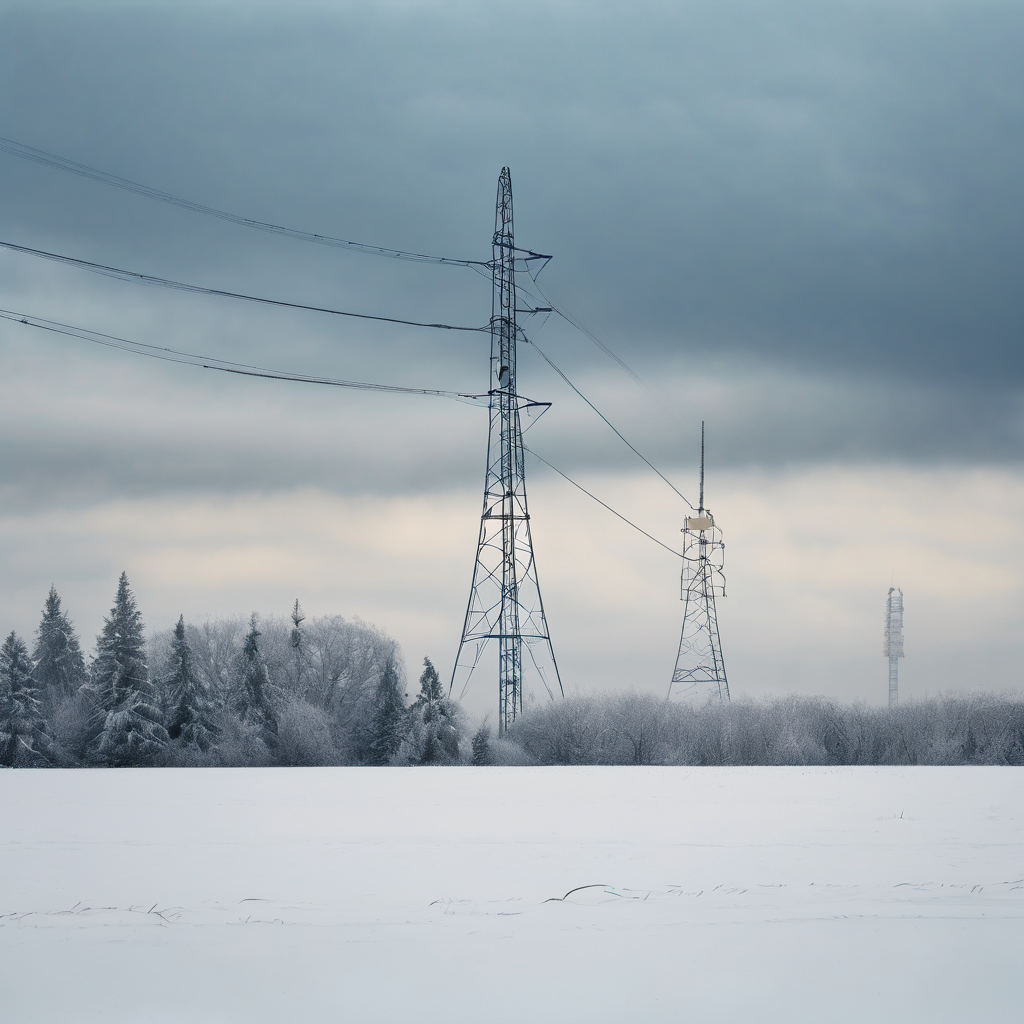Russia and Ukraine are engaged in an intense battle targeting each other’s energy assets, a conflict that may ultimately push both sides towards negotiations more effectively than traditional diplomatic efforts. This parallel war has gained prominence following the recent imposition of extensive sanctions on Russia’s oil sector by the United States and Europe, a critical component of the Kremlin’s war resources.
Ukraine is strategically rallying international support against Russia’s energy sector while simultaneously implementing its own measures, referred to as “long-range sanctions.” These have taken the form of drone strikes that have resulted in significant damage to numerous Russian refineries, complicating the Kremlin’s operational capabilities.
On the other hand, Russia has consistently focused its attacks on Ukraine’s electricity and gas infrastructure, launching a series of assaults aimed at crippling the nation’s functionality and undermining the morale of its citizens as winter sets in. Analysts suggest that these energy-focused offensives serve as a crucial leverage point for both parties in a conflict that has persisted for nearly four years, largely unaffected by previous peacemaking attempts from the Trump administration.
The outcome of this energy-centric warfare and whether it will lead to concessions from either side remains uncertain. However, the implications of these strategies could shift the dynamics of the ongoing conflict, potentially opening pathways to resolution. As both nations grapple with the repercussions of their energy strategies, the looming winter may amplify the urgency for negotiations to end the hostilities.
